|
Valencia lies on Spain's southeastern coast, where the Turia River meets the Mediterranean Sea. Spain's third largest city was founded as a Roman colony in 138 BC with the Latin name Valentia, meaning 'valour', and later, during Muslim rule, as Medina at-Tarab or the 'City of Joy'. Valencia has an agreeable subtropical Mediterranean climate and one of the mildest winters in Europe, with episodes of heavy rainfall in autumn. Valencia is an excellent city to explore, with many fascinating historical landmarks. The Cathedral of Valencia overlooks the Plaza de la Virgen and the Plaza de la Reina and reputedly houses the Holy Grail, the holy chalice used by Jesus during the last supper. Every Thursday, at its gate, the Tribunal de las Aguas (Water Tribunal) is held, declared Intangible Heritage of Humanity in 2009. The Barrio del Carmen is the ancient district which grew between the Islamic and the Christian city walls, with narrow, cobbled streets that will transport you back in time. The old Silk exchange or Lonja de la Seda, a UNESCO World Heritage site, is a gem of gothic architecture and was a main trading point on the old silk route. Along the coast, you will find the Royal Marina and Malvarrosa Beach, with unique buildings and where many important cultural events take place. The Albufera Natural Park lies to the south, with a huge lake, rice fields and unspoilt dune beaches and where paella was born. Due to continual flooding, the course of the river Turia was altered, giving rise to a 9km garden that runs through the city that is home to several sports facilites, children's playgrounds and 18 bridges. The most futuristic architecture you could hope to find is also found here in the form of the City of Arts and Science. Valencia's own Santiago Calatrava was responsible for much of the architecture that includes a colossal eye or Hemisferic, which houses an IMAX cinema, Europes largest aquarium, the Oceanografic, an interactive Science Museum, and the impressive l'Assut de l'Or bridge. Valencia boasts 156 km of cycle paths and 40 ciclocalles, which are streets that prioritise the bike, with 30 km speed limits. During my visit, I was able to explore the Parc Natural de la Serra de la Calderona, which is around 20 km north west of the city centre. The riding here has featured in several editions of La Vuelta and is extremely beautiful, with a mixture of long and steady and short and steep climbs. For example, I rode the Puerto L'Oronet, an 8.6 km climb rising to 493m and Alto Segart, a category 1 climb of 9.2 km, with gradients up to 22%, so make sure, unlike me, you have the correct gearing on your bike! For anyone who is interested in riding in Valencia, then I would suggest riding the Marcha Ciudad Valencia International Gran Fondo, competing in one of three distances, 190 km, 105 km or 76 km, and due to take place 17-18 September 2021. The lead organiser is Javier Castellar, a Spanish professional cyclist in the 80's, whose arguably greatest success was beating the legendary Bernard Hinault at Camp de Morvedre in 1985 following two climbs of the Alto Segart. He is now committed to fostering a passion for cycling through the organization of exciting cycling events, and during my visit he organised the publicity for the upcoming Gran Fondo, along with a filmed promotional ride with 2008 Olympic Gold medallist, and recently retired Spanish professional cyclist, Samuel Sanchez.
1 Comment
|
Author
Categories
All
Stage Races
24 Hours 7 hour Enduro Series 12 hour Enduros 6+6 hour Enduros Archives
August 2021
|
| CycoActive - Professional Endurance Cycle Coaching |
|
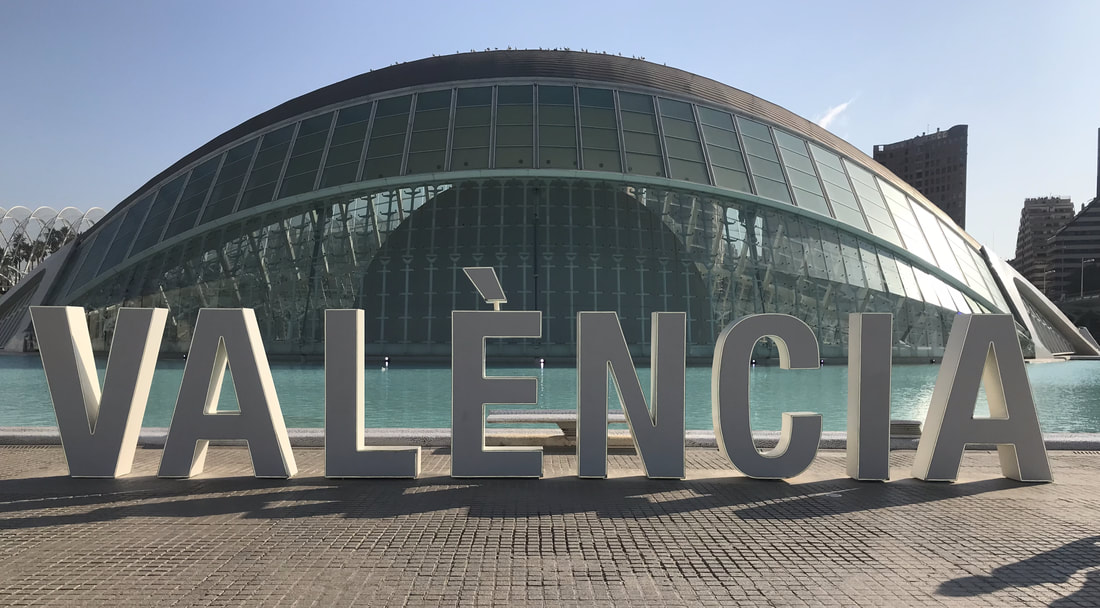
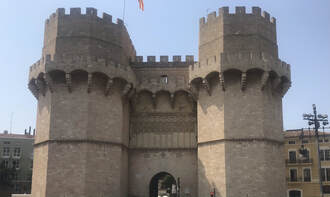
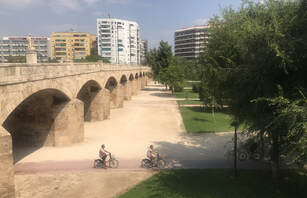
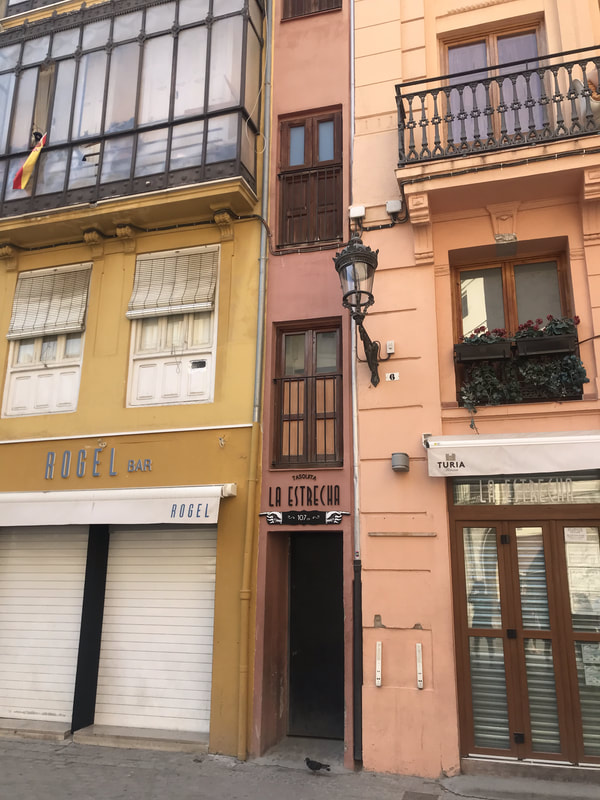
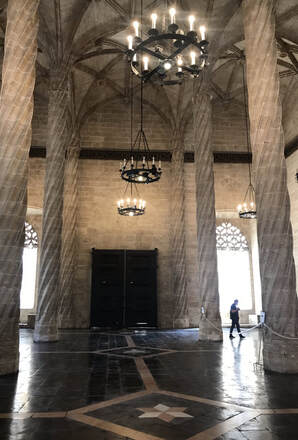
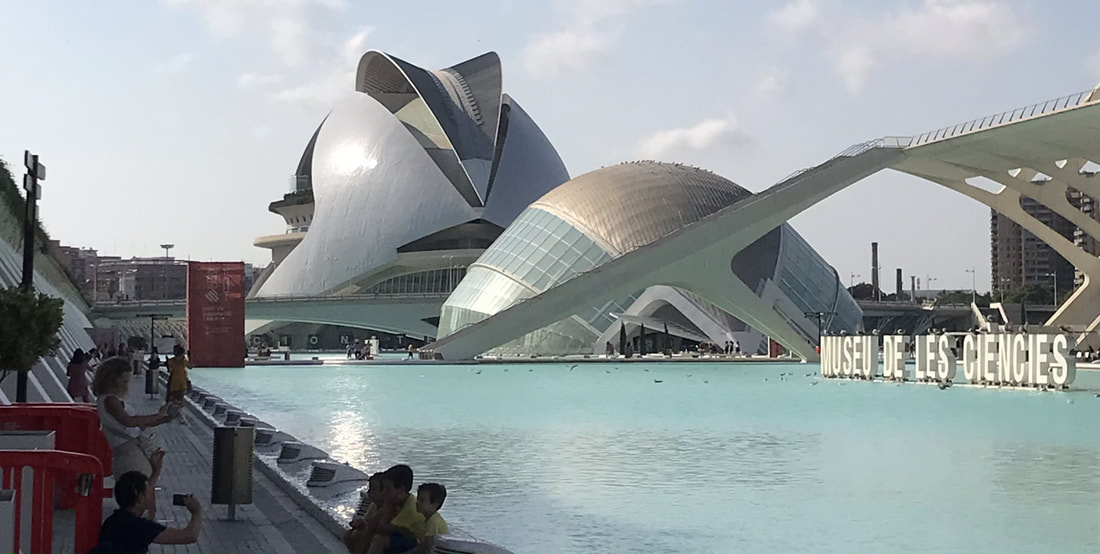
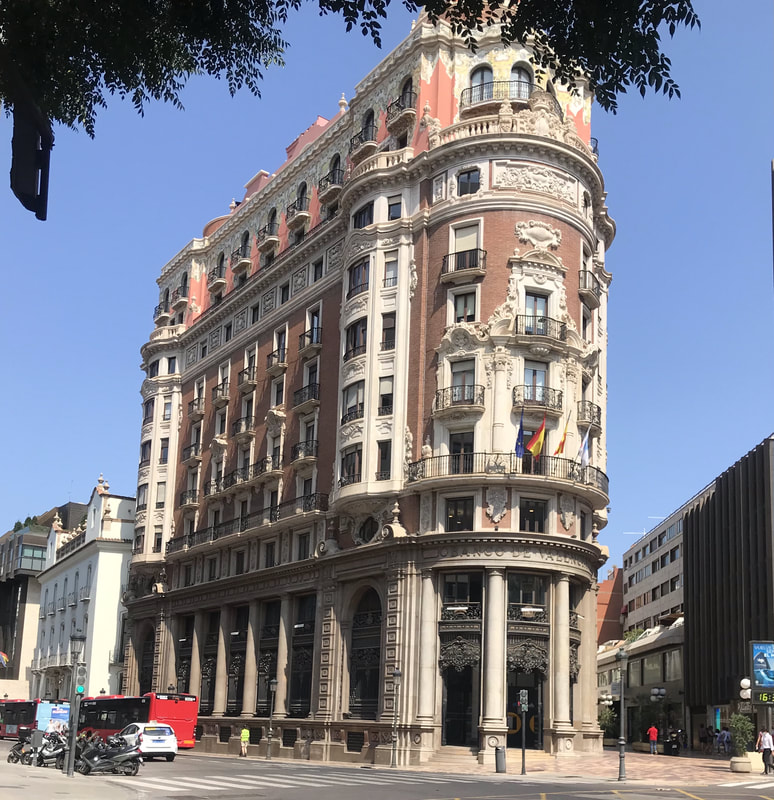
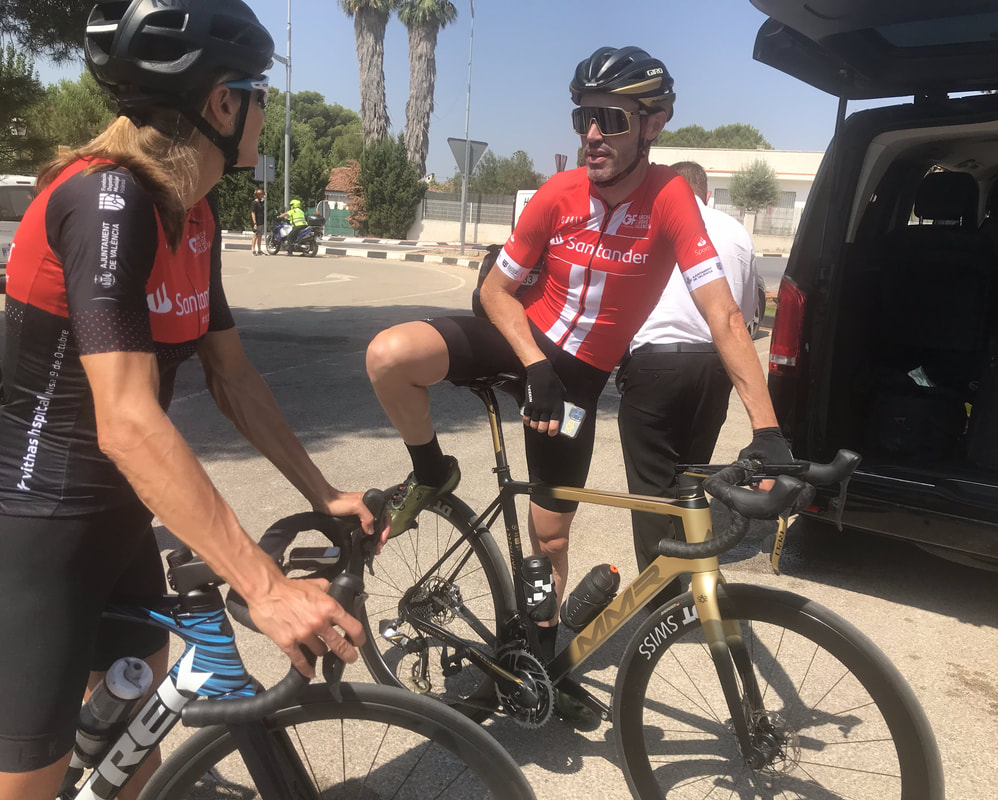
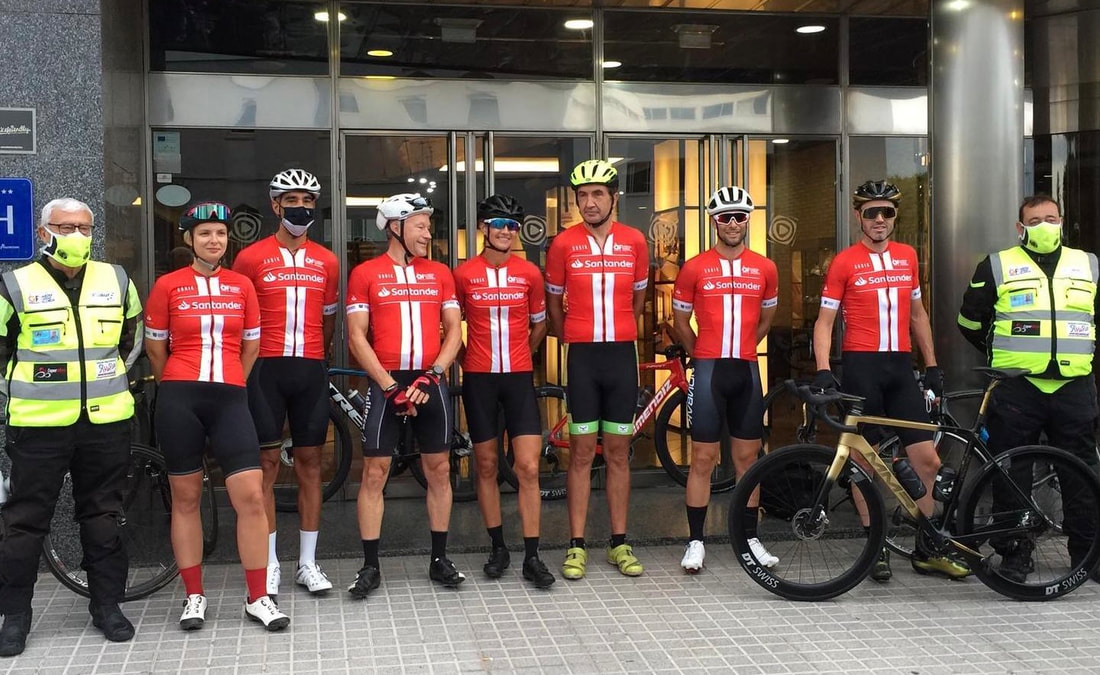





 RSS Feed
RSS Feed
